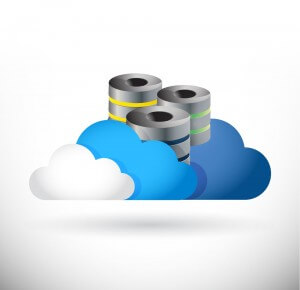 Hybrid cloud servers continue to soar in global popularity and effectively tackle security and compliance concerns. Whether for personal or commercial storage purposes, these utilities are designed to facilitate and house a myriad of applications, files, and documents. Their user-friendly interfaces also secure client access and interaction with little to no downtime.
Hybrid cloud servers continue to soar in global popularity and effectively tackle security and compliance concerns. Whether for personal or commercial storage purposes, these utilities are designed to facilitate and house a myriad of applications, files, and documents. Their user-friendly interfaces also secure client access and interaction with little to no downtime.
However, hybrid cloud servers are not exempt from lingering issues, such as WAN latency and data synchronization. Suffice to say, these challenges may result in obstacles and hurdles that hinder optimal performance and delivery. Such challenges must be addressed in a timely and professional manner to ensure maximum productivity.
Hybrid Cloud Challenges
Like the name suggests, the hybrid models incorporate several aspects of public and private cloud solutions. This results in company data allocation across and within both cloud-based servers. While this may seem ideal for commercial entities that need virtual storage, there are several problems that are bound to occur. According to IT experts and gurus, the main issues revolve around:
- Transfers to one or both clouds.
- Copying data to public clouds, which exhausts bandwidth and is time-consuming.
- Data synchronization – Irregularities between prime data copies and public clouds.
- Preventing public cloud access of private information unless designated or warranted.
- Ensuring all data is real-time in nature and correlates or coincides across the board.
Data synchronization seems to be a constant issue that has plagued countless hybrid servers. In fact, it seems to impact clients every time they request an upload or file amendment.
Solutions
There are a range of timely and effective solutions to counter hybrid cloud problems. In fact, several companies feature gateways and apps that effectively address these issues. TwinStrata, Nasuni, StorSimple, and Nirvanix are a few examples.
While their caching gateways ensure better compliance and streamlined protocols, they do suffer from diminished WAN speeds during operations. As part of the process, data is written to local caches, which are then compressed and reproduced within the cloud. With speed being the only drawback, local disks and SSD act as read caches to expedite delivery of these files. This helps fill the speed void left behind by centralizing WAN-based data.
Hybrid cloud servers are truly innovative and cutting-edge models. To effectively combat any storage issues and secure data longevity, it's important to utilize the previously mentioned suggestions. This will ensure a hassle-free experience, while ensuring lasting and dependable results.
